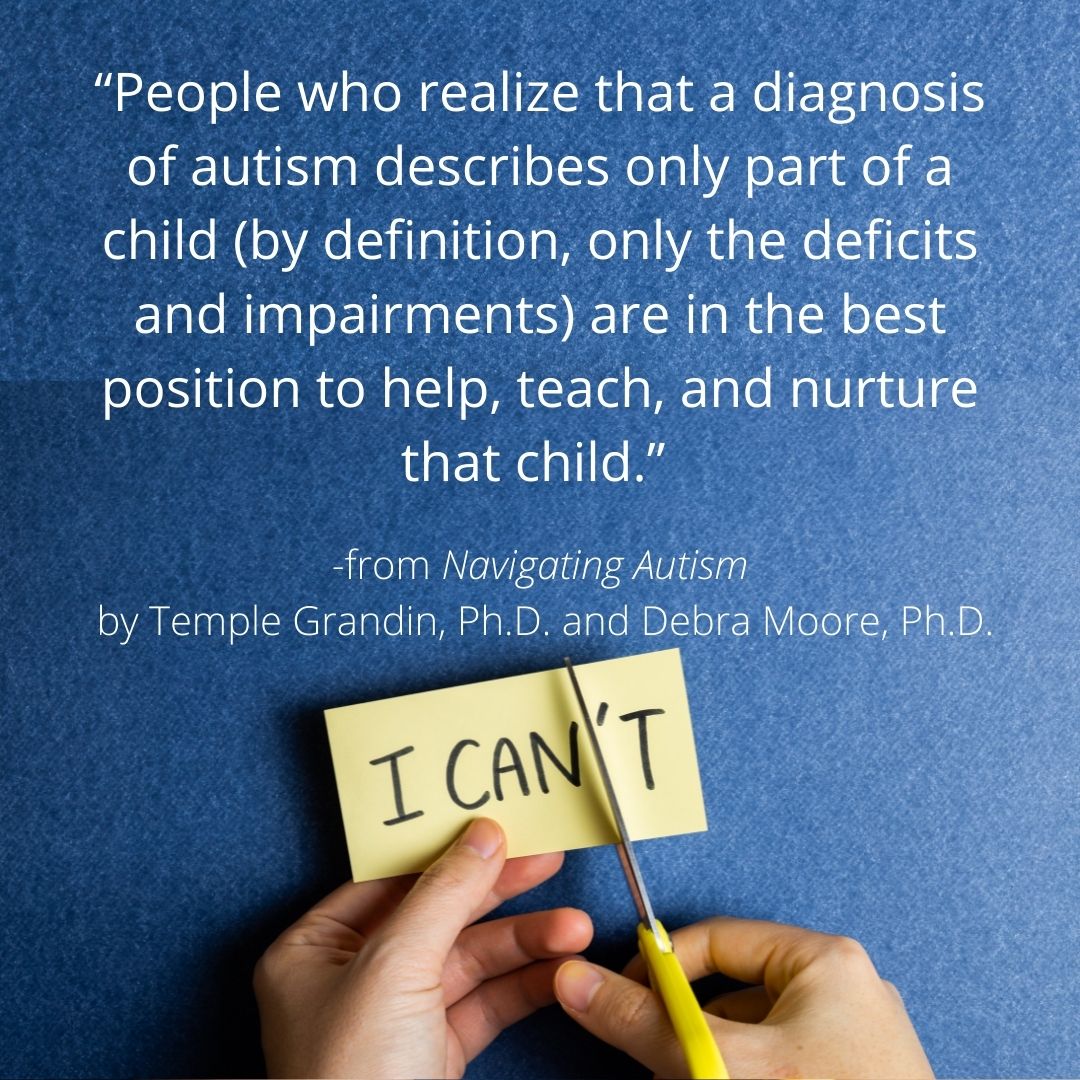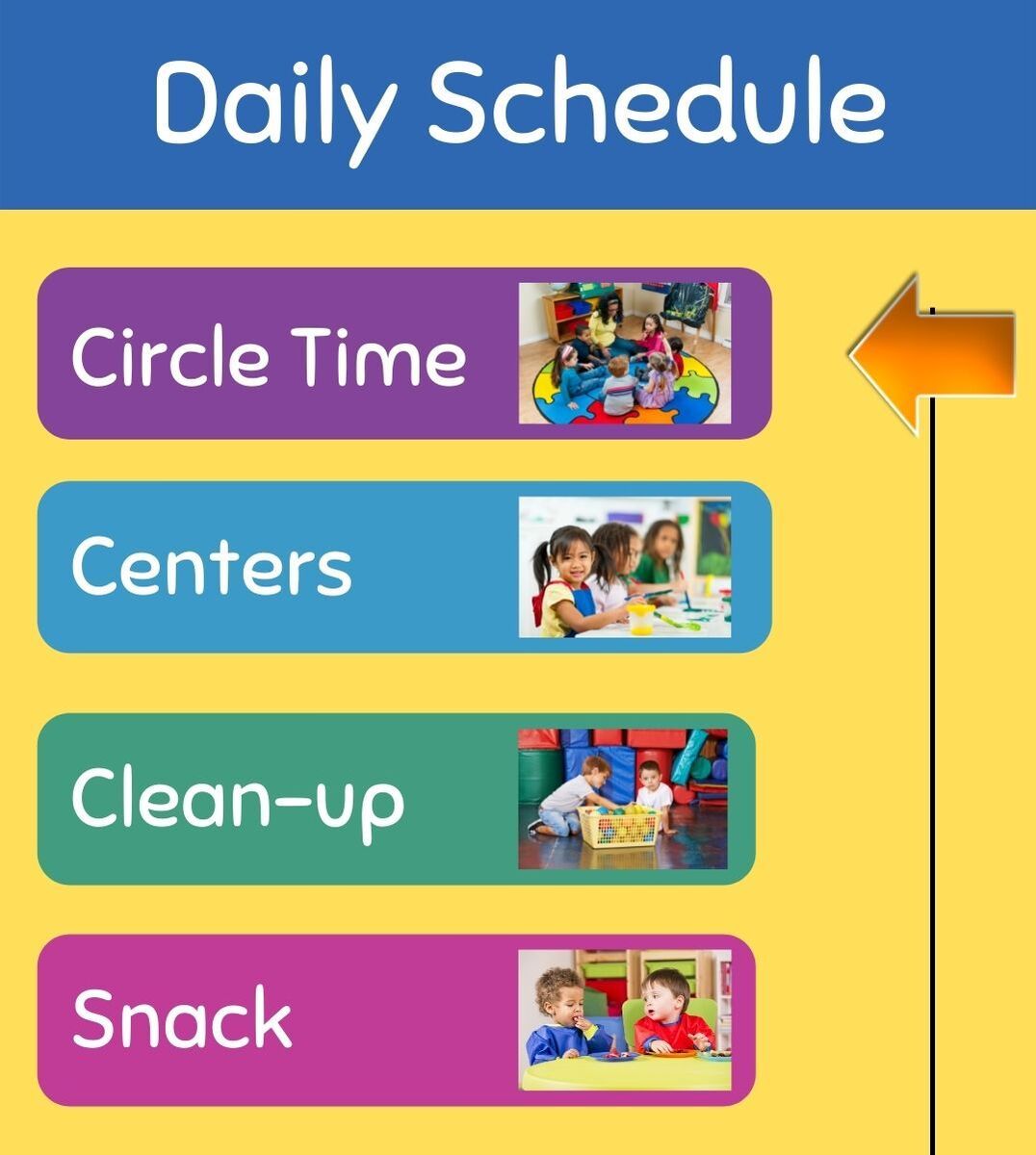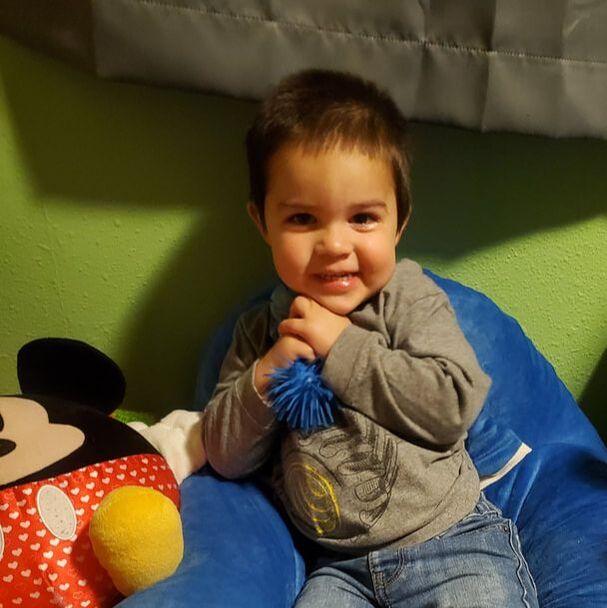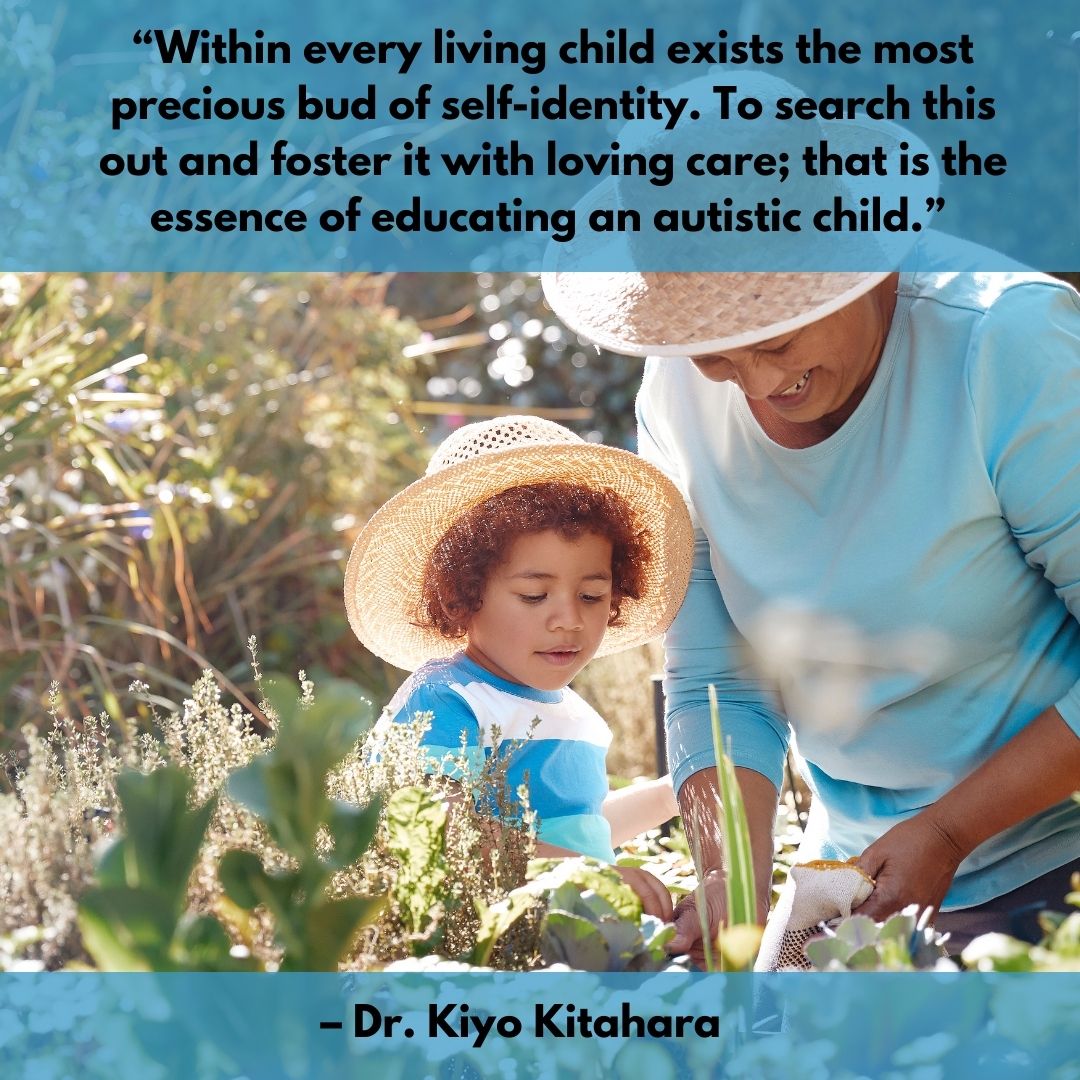In honor of Autism Acceptance Month, here are 7 tips for working with children on the autism spectrum: 1. Find ways to teach children skills that will help them interact When a child wants to join a play group, be a social coach to all the children in your care. Model appropriate peer support and acceptance whether the environment includes classmates, family or friends. 2. Use clear and concise language Give simple directions. Avoid multistep directions or asking the same thing a different way before the child has had time to process and respond. Allowing ample wait time helps young children and all those who may need extra time to process directions or requests.
4. Keep choices clear and limited If a child is likely to be overwhelmed by too many choices or has limited verbal skills, offer two acceptable choices, such as apples or grapes for snack. (If a child is non-verbal the choice can be made using pictures or the items.) If offering acceptable activity choices following an inappropriate behavior, an example might be, “You can help your friends in the block area build their wall, or you can build something with your own blocks. You cannot knock their blocks down.”
6. Make consequences consistent and natural Help children understand and predict consequences by being consistent. As with consistent routines, there can be comfort and calming in predictability and in consequences that are natural, like putting a toy away before beginning a new activity. 7. Identify what triggers strong reactions Be aware of how a child’s sensory sensitivity may be affecting his/her behavior and how that affects their ability to self-regulate. A child whose brain is in fight, flight or freeze mode because of a sensory trigger will need help with calming before he/she can process a lesson or reflect on the behavior. Remove distractions such as noise or an overstimulating visual background when necessary.
References & Resources: Albert Einstein College of Medicine Autism Spectrum Disorder Defined. (2013, Jan 15). https://youtu.be/bo4-5xnRcYU
Center on the Social Emotional Foundations of Early Learning. (n.d.). Resources: Preschool training modules. http://csefel.vanderbilt.edu/resources/training_preschool.html#mod3b Ganz, J.B. & M.M. Flores. (2010). Implementing visual cues for young children with autism spectrum disorders and their classmates. Young Children 65 (3): 78-83. Head Start Center for Inclusion. (n.d.). Classroom visuals and supports. Teacher Tools. http://headstartinclusion.org/teacher-tools#visual Kaplan Early Learning Company. (n.d.). Supporting children with autism. https://www.kaplanco.com/ii/autism National Institute of Mental Health. (n.d.). Autism spectrum disorder. https://www.nimh.nih.gov/health/topics/autism-spectrum-disorders-asd/index.shtml OCALI Autism Certification Center (n.d.). ASD strategies in action. https://autismcertificationcenter.org/ Villa, J. & L. Colker. (2006). A personal story: making inclusion work. Young Children 61 (1): 96-100. Willis, C. (2009). Young children with autism spectrum disorder: strategies that work. Young Children 64 (1): 81-89. Willis, C. (2006). Teaching Young Children with Autism Spectrum Disorder. Beltsville, MD: Gryphon House.
2 Comments
|
AuthorI'm Diane Goyette, a Child Development Specialist, Trainer, Consultant and Keynote Speaker. I'm excited to share my blog! Archives
August 2023
Categories
All
|
|
Ways to Contact Us:
Schedule an Appointment |
|
Follow earlychildhoodspecialties for encouragement, teaching tips and more!
|
Follow eepworm for child-friendly posts!
|
© 2013-2024 Early Childhood Specialties LLC. All rights reserved.





 RSS Feed
RSS Feed